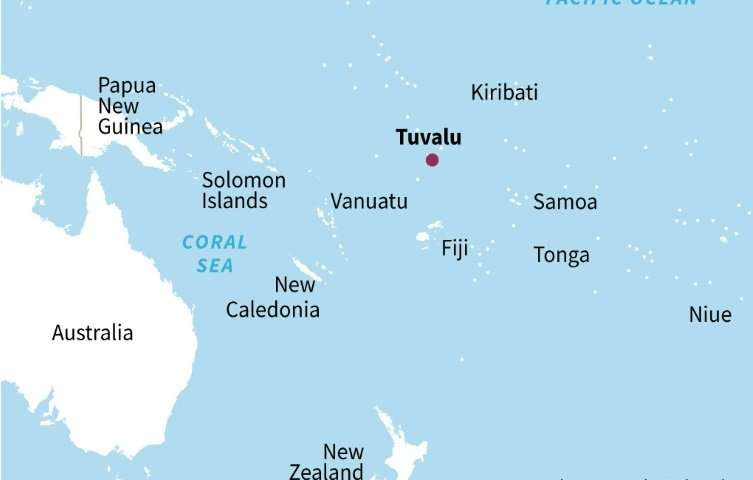 |
| Zakarpattia Oblast, Ukraine |
While some linguists attribute the origin to mean “borderland,” others lean towards it meaning something closer to “region” or “homeland” instead. It is noted that the older accepted usage in English of “The Ukraine” is incorrect grammatically and politically (I’m guilty of saying this I think, but not anymore because I’m reformed). It’s just Ukraine. Plain and simple.
Ukraine is located in eastern Europe, surrounded by Belarus to the north; Russia to the north and east; Russian-annexed Crimean peninsula to the south; Moldova and Romania to the southwest; and Hungary, Slovakia, and Poland to the west. The Black Sea lies to the south, and more specifically, the Chorn Sea to the southwest and the Sea of Azov to the southeast. It’s the second largest country by area in Europe with several major river systems that flow into the Black Sea. There are a few mountain ranges in the west (Carpathian Mountains) and the south (Crimean Mountains) with plateaus, steppes, and a highland area. It’s mostly in a temperate climate zone with Crimea dipping into a subtropical area, which helps create diversity in flora and fauna.
.jpg/1024px-Chernobyl_04710018_(8134364258).jpg) |
| Chernobyl nuclear plant |
Evidence of Neanderthal settlements date back to 40,000-45,000 BC. Mammoth fossils have also been found in the area, and it’s also thought that this area may have been one of the areas that had domesticated the horse. It soon became the object of envy for several empires and kingdoms as they started creating colonies along the Black Sea. During the 5th and 6th centuries, migrations of people from Ukraine to the Balkans helped establish many of the Slavic countries, while the Antes (predecessors to the Ukrainians) moved into the area. Kiev was established during the 6th century along the Dnieper River and became an important city-state as part of Kievan Rus’. By the 10th and 11th centuries, it rose to one of the most influential and powerful states in Europe. Vladimir the Great’s reign, which introduced Christianity, also became known as the Golden Age of Kievan Rus’ (right around the end of the first millennium), but by the 13th century, they were dealing with a Mongol invasion. Around the middle of the 14th century, the kind of Poland got in his head to invade the Kievan Rus’ (which had become part of Lithuania at this point). It took nearly a hundred years, but that land was finally transferred to Poland. At the same time, Crimean Tatars raided Ukrainian lands a crap-ton of times, taking an estimated 60,000 Ukrainians. After this, the Cossacks began to emerge as a military power of sorts. The mid-1600s introduced a 30-year stretch called The Ruin because it seemed that everyone was fighting over who wants to control Ukraine: Russia, Crimean Khanate, Poland, Cossacks, and the Ottoman Empire, basically ending with dividing it between Russia and Poland (who didn’t see that coming?). Crimea was annexed to Russia in 1783 following years of ethnic fighting, and the Russians took over much of Ukraine, creating Novorossiya (“New Russia”). They started forcing people to switch over to Russian and prohibited Ukrainian. During much of the 1800s, Ukraine was mostly rural, and many of its citizens chose to move to Siberia and the far reaches of Russia (my guess is that they’re all introverts). Ukraine entered WWI on both sides: aligning themselves with either Austria or Russia; in the end, both empires fell. Part of the country was taken in as part of Poland, and the other part was a founding member of the USSR. Between the wars, a powerful underground Ukrainian culture movement was brewing, and they struggled with the aftermath of the Russian Civil War and Stalin’s Russia. Kiev became the site of a significant battle during WWII, where nearly 600,000 Russians were either killed or taken captive. Although parts of Ukraine were fighting alongside Russia, other parts were being occupied by Nazi Germany, which didn’t go well for the Ukrainians. As they were trying to rebuild after the war, Ukraine was also hit with a famine which complicated things. Russia handed Crimea back over to Ukraine (well, Ukrainian SSR at the time). Between the 1950-1980s, Soviet Ukraine built a reputation as an important center for arms manufacturing and high-tech research. But in 1986, the Chernobyl nuclear disaster would put it on the map as the world’s worst nuclear accident (that is, until the Fukushima incident in 2011, but please, watch Chernobyl on HBO). In 1990, Ukraine gained its independence as Russia broke up. Most of the 1990s brought an economic slowdown, which didn’t make the people very happy. In 2004, a seemingly rigged election (involving poisoning the opposition candidate) led to the Orange Revolution. A lot of debate over whether they want to be tied to the EU or to Russia created quite a bit of civil unrest, especially in relationship to the Orange Revolution, and Russia took back Crimea over this (it’s kind of a complicated situation, and I realize this is completely over-simplifying it).
Although I’ve usually seen it written as Kiev, I think there’s a debate on whether the capital city should officially be called Kyiv (at least in English, perhaps). This city, located on the Dnieper River, is one of the most populous cities in Europe. As a capital city, it has special legal status. Since the river essentially divides the city in half, places in the city are known as being on the “Right Bank” and “Left Bank.” Historically, the city was settled on the right bank but expanded on the other side of the river during the 20th century. Today, it’s an important city as a cultural, economic, governmental, and educational and scientific center. The horse chestnut is one of the symbols of the city that you’ll often see engraved throughout the city.
 |
| If you're looking for IT jobs, you might want to look at Ukraine. |
During Ukraine’s Soviet years, it was the second-strongest economy in Europe. After the country gained its independence, they struggled for about a decade to get their footing. Just as soon as they finally started getting their feet underneath them, they were really hit hard by the Global Economic Crisis of 2008. Ukraine has a strong industry in vehicle production, and that includes trucks, spacecraft, satellites, and launch vehicles. Now, Ukraine has risen in the IT market and has also made strides in infrastructure, renewable energy, and in Internet/telecommunications. However, corruption and political instability still gives cause for a widening gap in income inequality.
Although Ukrainian is the official language, Russian is still widely spoken in many areas of the country, especially in the eastern and southern regions of the country. Ukrainian is used pretty much throughout the rural areas everywhere, with Russian being spoken in the eastern and southern regions, and some central cities. There are quite a few Hungarian speakers in the Zakarpattia Oblast in the southwestern corner of Ukraine. And in the Autonomous Republic of Crimea, Ukrainian is the official state language, but the local Crimean Tatar language is also protected (even though the majority of Crimean Tatars just use Russian in everyday life).
 |
| St Sophia Cathedral in Kiev |
An interesting poll in 2006 asked about Ukrainians religious beliefs and over 62% responded that they weren’t religious, non-believers, or were not really affiliated with any particular religion. Ten years later, they polled them again 70% responded that they were believers of some religion in general, with only 2.7% responding as atheists (at least we’re represented). Over 80% are Christian, with the majority following Orthodox, and a smaller number of Greek Rite Catholics, Protestants, and Latin Rite Catholics. There are even a few Muslims, Jews, and Hindus in Ukraine.
When I was reading about Kiev, two famous former residents stuck out to me. The first was Jan Koum, founder of WhatsApp, who was from Kiev. I just started using WhatsApp a few years ago to communicate with friends in Brazil. While it’s not quite as used in the US, it’s widely used in many countries with a weaker cellular infrastructure. The second was the Pritzkers of Chicago. Their family originated from Kiev and moved to Chicago around the beginning of the 20th century and is now one of the wealthiest families in the world. J.B. Pritzker is the current governor of Illinois, where we used to live and where Spotify somehow thinks I still live.
Up next: art and literature
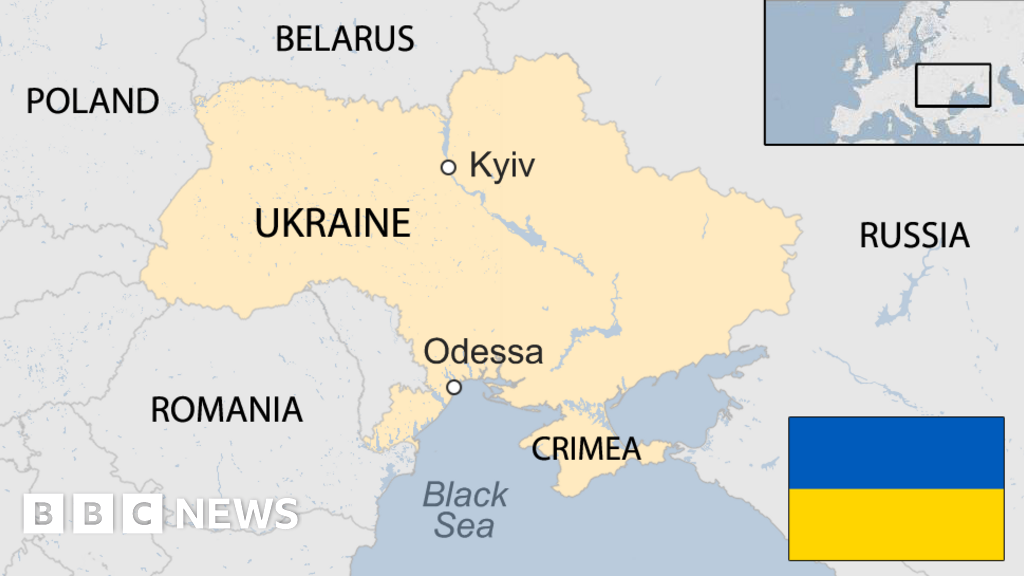

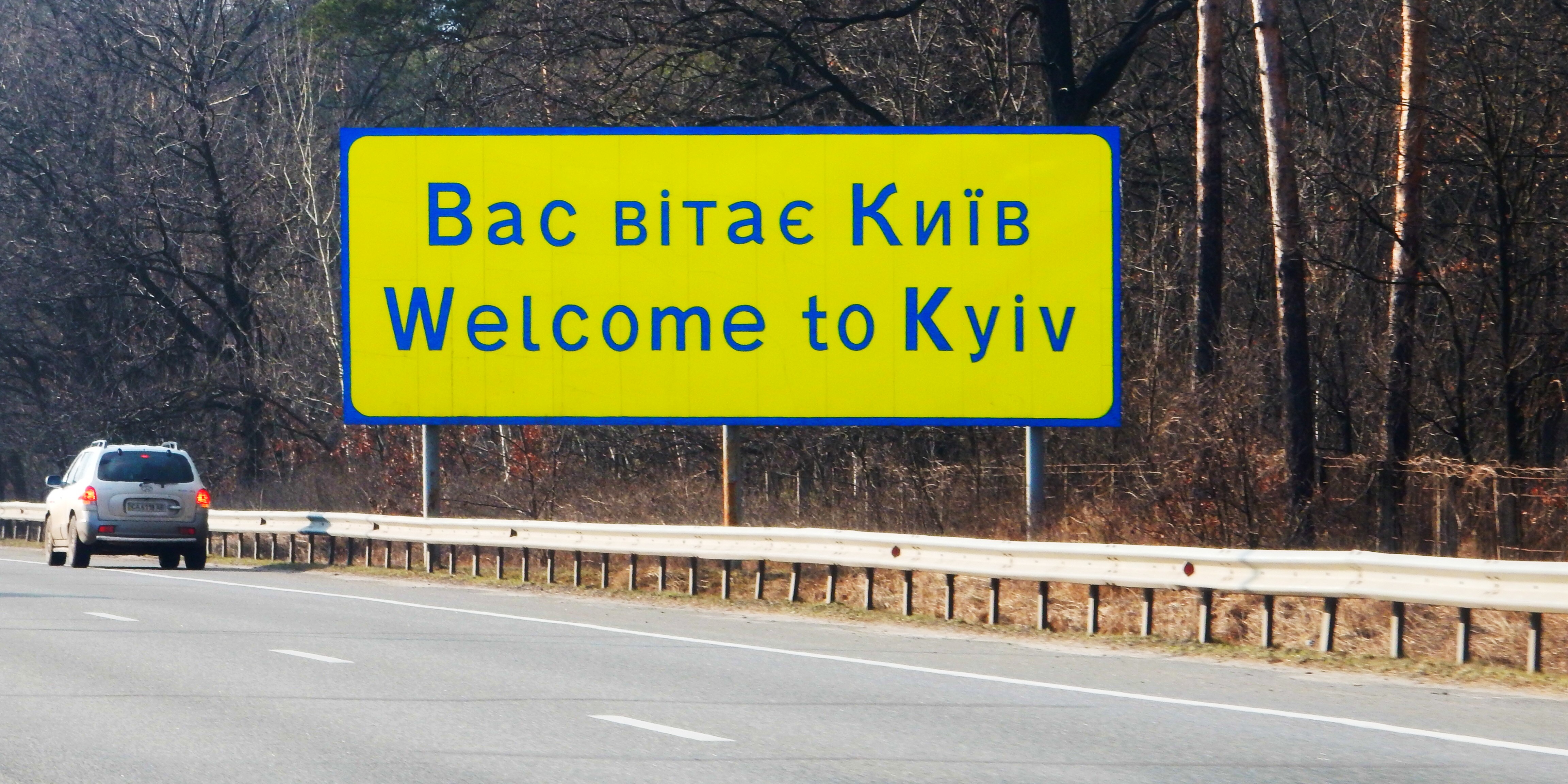








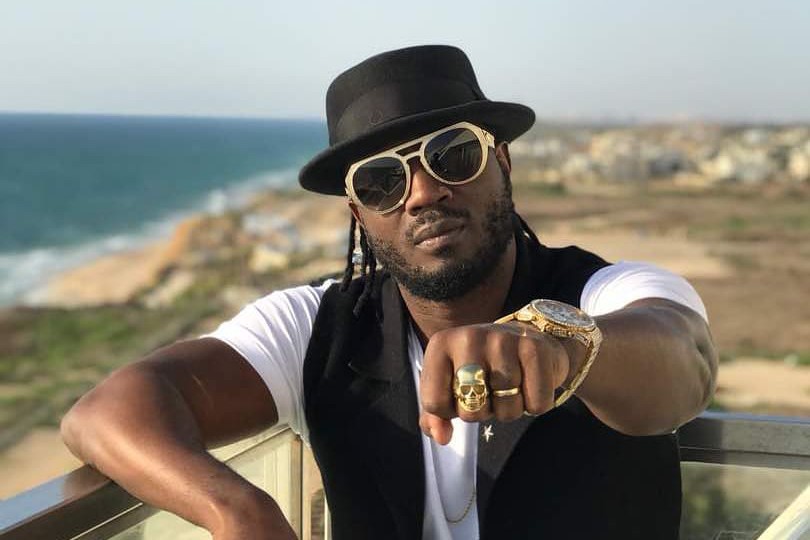








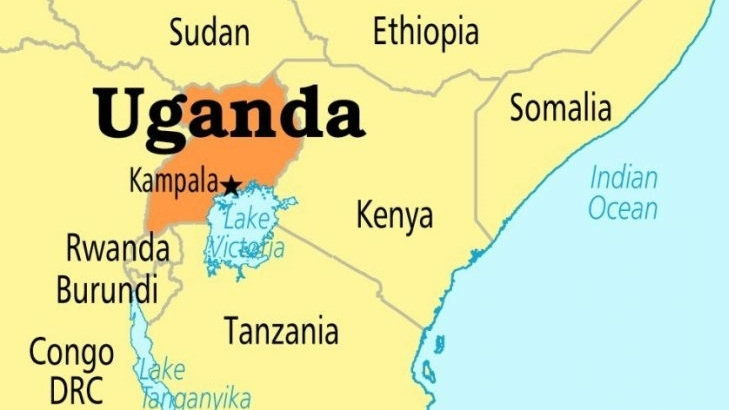
%2C_R23930288.jpg/800px-Idi_Amin_-Archives_New_Zealand_AAWV_23583%2C_KIRK1%2C_5(B)%2C_R23930288.jpg)












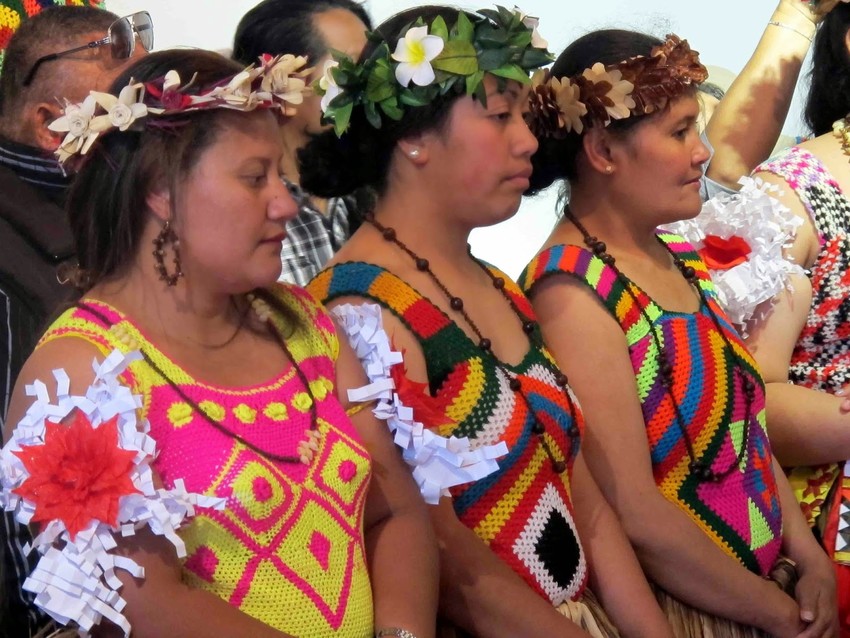
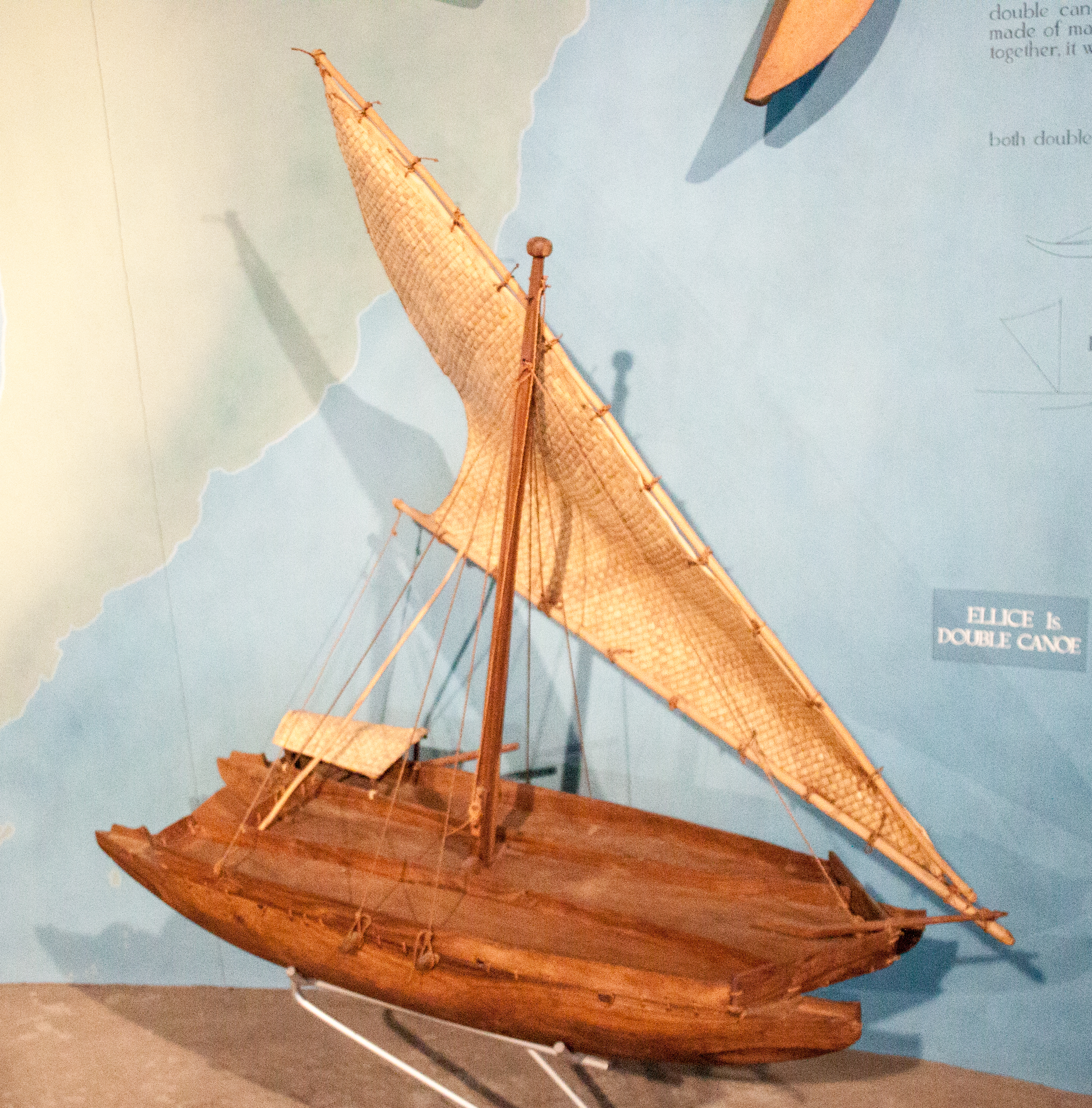


.jpg)

